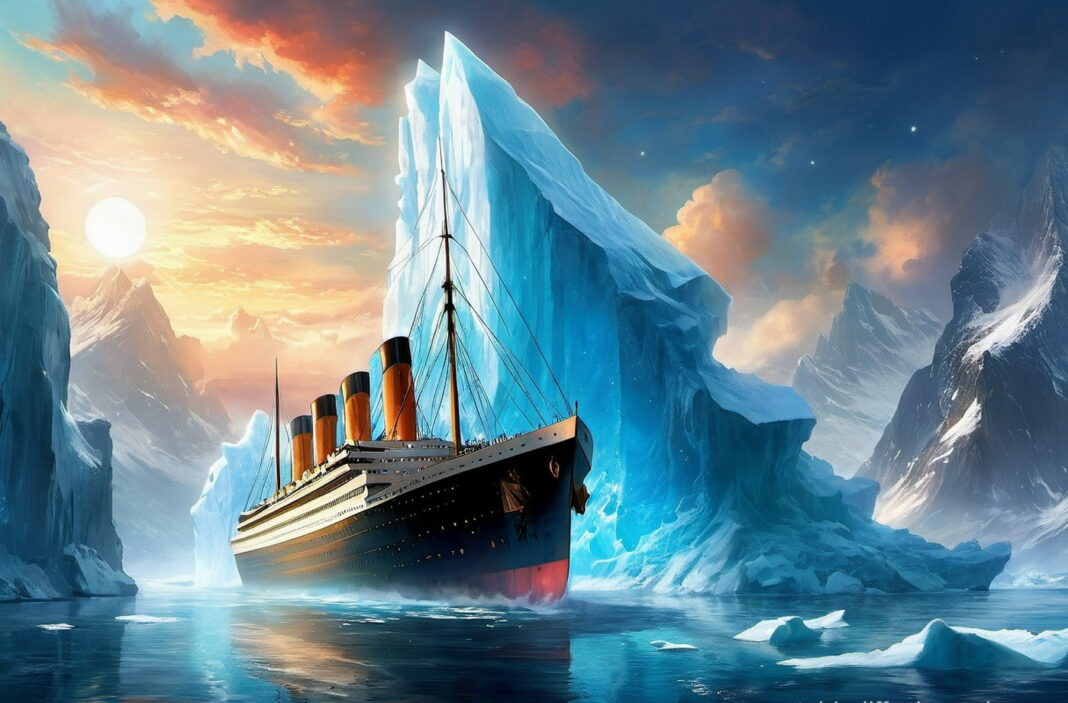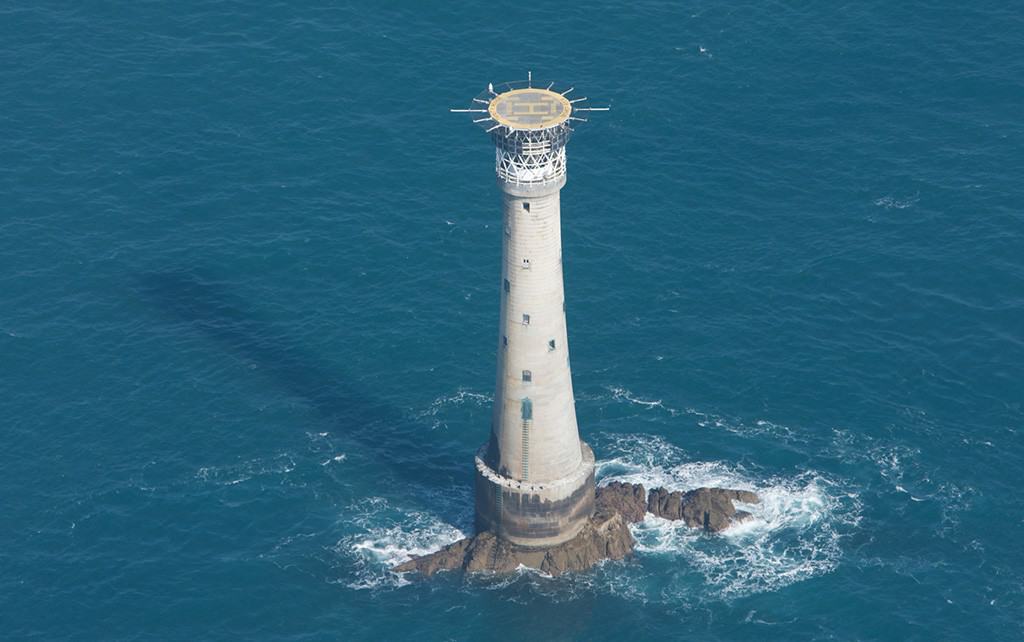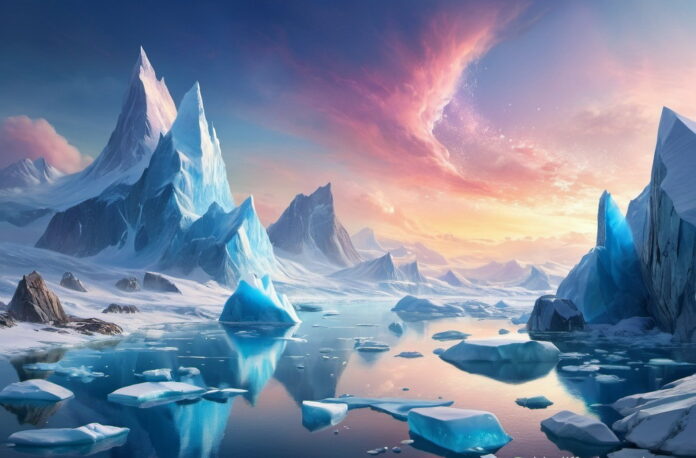An island is a piece of land surrounded by water on all sides. In Great Britain, they decided to take a stricter approach to this definition, and in 1861, they added the following: an island can only be considered as such if there is enough space for pasture for at least one sheep.
It’s difficult to give an exact number of islands on the planet, as their number reaches up to 500,000. Some of them are inhabited. Others are ruled by wilderness, and danger awaits anyone who steps foot on their lands. Their sizes can exceed the territories of entire countries, or they can accommodate only a small structure.
The largest island on the planet
Greenland – this island is the largest among all the islands in the world. Its area is 2,166,086 square kilometers, and it is home to 77 settlements – only 18 of which have city status. Interestingly, Greenland is part of the Kingdom of Denmark but is not part of the European Union.
Population of Greenland
The island is permanently inhabited by 57,000 people. 90% of the population are Inuits – Eskimos, the indigenous people of these lands. You can also encounter Europeans on the island, mostly Danes. The small population is due to the geographical features of the island: according to recent estimates, 84% of the land is covered by glaciers.
They regularly break off and drift into the ocean as icebergs. It was from here that an iceberg began its journey, the collision with which proved fatal for the Titanic.
Most Greenlanders live near the fjords – bays with rocky shores. They are located in the southwest of the island and attract people with a climate softer than on the rest of the territory.
There are practically no roads between cities, and the most popular mode of transportation among locals is helicopters and watercraft.
History of the island
The first officially known settlement on the island appeared at the end of the 10th century. Its founder was Erik the Red, who was banished from Iceland for a double murder. He came up with the name “Greenland,” which at that time didn’t seem so illogical.
The tranquility of the colonizers was not disrupted until the 15th century when there was a sudden climate change. Glaciers approached the outskirts of the island, and settlements were plagued by an epidemic of plague. Those who were able left Greenland, and its connection with Europe was severed for almost a hundred years.
According to unconfirmed data, the first settlers in these lands were groups of people from North America, who stepped foot on these lands around 2500 years before our era began. However, they did not survive, so detailed information about their way of life has not been preserved.
Interesting facts about Greenland:
- The official language of Greenland is Greenlandic, not Danish, although the local population is fluent in both languages.
- Greenland was a Danish colony for 60 years, and in 1953 it was recognized as part of the territory of the Danish state.
- Since 1979, the local population has been fighting for independence. In the same year, a law on the autonomy of the island was adopted.
- The island is washed by two oceans – the Atlantic and the Arctic.
- The height of the highest point, Mount Gunnbjørn, is 3383 meters.
- From mid-September to mid-April, the sky over Greenland is adorned with the Northern Lights.
- The area of the island is more than 40 times the size of Denmark.
- The polar day lasts from May to July.
- Northeast Greenland National Park is the largest and northernmost national park in the world.
- Tourists from most countries need a special visa to visit the island. Entry on a Schengen visa is not possible.
- The largest city on the island is Nuuk, the capital of Greenland. Only 15,000 people live there.
- The local currency is the Danish krone.
The smallest island in the world
The title of the smallest island in the world is proudly held by Bishop Rock, which is sometimes also called “Bishop’s Rock.” It has officially been designated as an island, although its size is only one-tenth of a football field – 730 square meters. It is listed in the Guinness Book of World Records as the “smallest island on Earth.”

(source: https://coastradar.com)
The island is located within the territory of the United Kingdom, 6 kilometers west of the Scilly Isles archipelago, and is washed by the waters of the Atlantic Ocean. There is a mistaken belief that it is the westernmost point of England, but this is not true.
The only building occupying the entire territory of the island was erected in 1858 and serves an important purpose — to serve as a landmark for sailors. The lighthouse is visible for 24 nautical miles, and its height is 49 meters, spread across 10 floors. In 1976, a helicopter landing pad was built on its roof for the convenience of personnel.
The lighthouse appeared in this location not by chance. It stands in the middle of the busy shipping route of Northern Europe, where shipwrecks often occurred. The waters are frequented by rocks, shoals, and the restless ocean contributes to the rise of huge waves, up to 35 meters high tsunamis. In 1707, this natural disaster caused the loss of an entire squadron of ships, with more than 2,000 sailors on board.
In the mid-19th century, the British government first considered the need to build a lighthouse near the archipelago. The decision was unanimous. Construction began in 1847 and lasted for 11 years. The plan proved to be difficult and very costly. Nearly 6,000 tons of granite, costing more than £30,000, were transported and used.
Candles were initially used in the lighthouse, which were later replaced by paraffin lamps. It was only in 1991 that the lighthouse’s operation was automated using battery power. The last keepers left the island in 1992.
Today, visitors can stay in the lighthouse building for up to 3 weeks. Only a maximum of 4 people are allowed on the rocky island at one time to maintain safety procedures. Following established rules and not tempting fate ensures that the maritime elements pose no threat.
